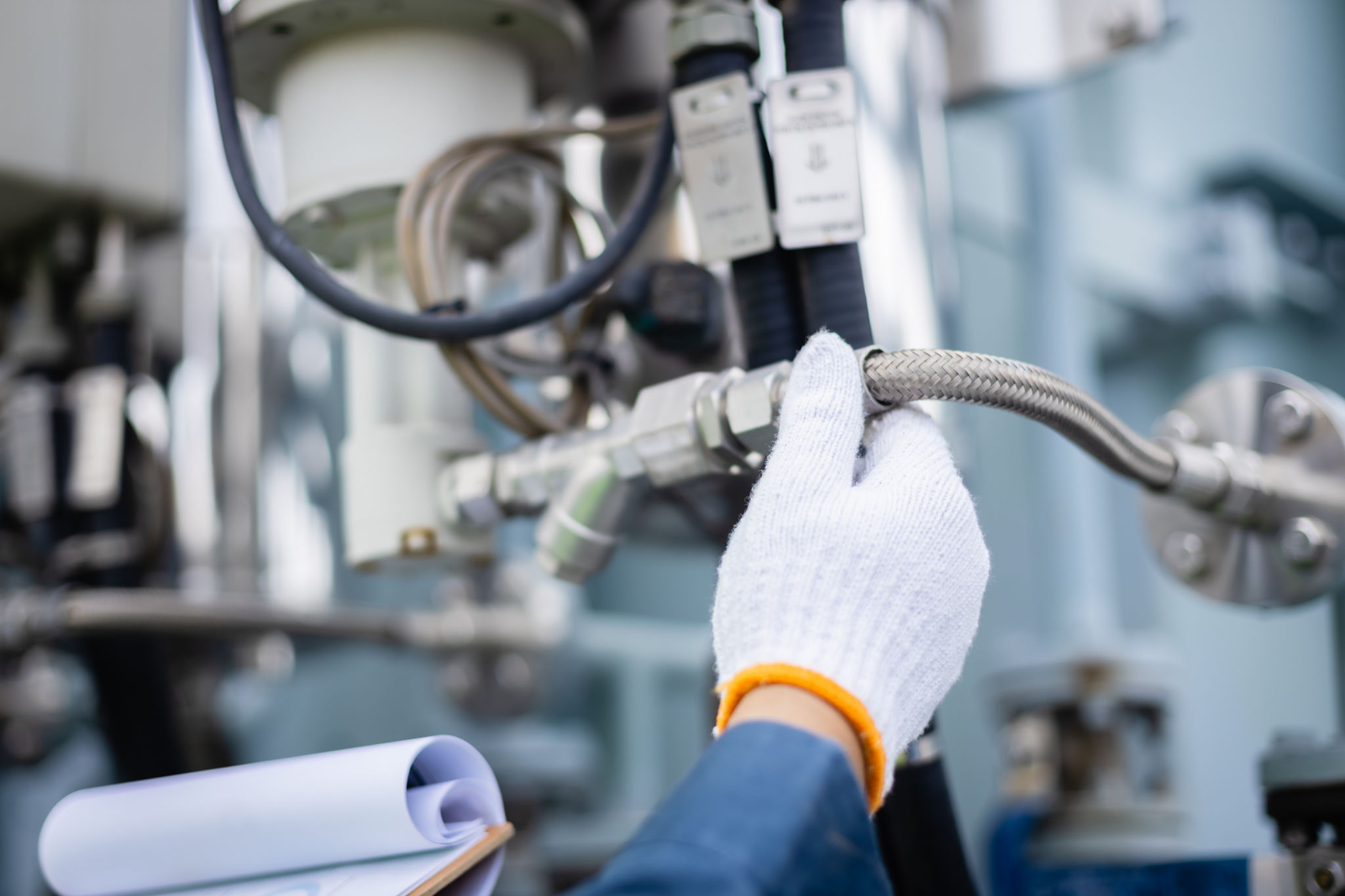Exploring Innovative Trends in HPP Technology for the Food Tech Industry
Introduction to HPP Technology
High-Pressure Processing (HPP) technology is revolutionizing the food tech industry by offering a unique method to preserve and enhance food products. This non-thermal preservation technique uses extremely high pressure to inactivate pathogens and spoilage organisms, making it a safe and effective alternative to traditional pasteurization methods. As consumer demand for fresh, minimally processed foods grows, HPP technology is becoming increasingly important.
This innovative approach not only extends the shelf life of foods but also retains their nutritional value, flavor, and texture. The food industry is witnessing a surge in the adoption of HPP technology, with various sectors exploring its potential to enhance product offerings and meet consumer expectations.

Benefits of HPP Technology
One of the most significant advantages of HPP technology is its ability to preserve the natural quality of food. Unlike thermal processing, which can degrade nutrients and alter taste, HPP maintains the integrity of vitamins, minerals, and enzymes. This makes it an attractive option for health-conscious consumers seeking nutrient-rich products.
Moreover, HPP technology helps in reducing food waste by significantly extending the shelf life of products. This not only benefits manufacturers by cutting down on spoilage but also contributes to environmental sustainability. The reduction in food waste plays a crucial role in minimizing the carbon footprint of the food industry.

Applications in Different Food Sectors
HPP technology is versatile and can be applied across various food sectors, including:
- Juices and Beverages: HPP helps in preserving the freshness and nutritional content of juices without adding preservatives.
- Dairy Products: It enhances the safety and shelf life of products like yogurt and cheese while maintaining their taste and texture.
- Meat and Poultry: HPP effectively eliminates harmful bacteria, ensuring safer consumption of ready-to-eat meats.
- Seafood: The technology preserves the delicate flavors and textures of seafood products.
Challenges and Innovations
While HPP technology presents numerous benefits, it also poses certain challenges. The initial investment in HPP equipment can be substantial, which may deter smaller companies from adopting this technology. Additionally, there are limitations regarding the types of packaging that can withstand high-pressure conditions.
Despite these challenges, ongoing innovations are making HPP more accessible and efficient. Researchers are continuously exploring new ways to improve the technology, such as developing advanced packaging materials and reducing operational costs. These innovations are paving the way for broader adoption across the food industry.

Future Prospects
The future of HPP technology in the food tech industry looks promising. As consumer awareness regarding food safety and quality continues to grow, the demand for HPP-treated products is expected to rise. This trend is likely to drive further advancements in the technology, making it more cost-effective and versatile.
Moreover, as sustainability becomes a key focus area for businesses worldwide, HPP's role in reducing food waste and enhancing product longevity will become increasingly important. Companies that embrace this technology stand to gain a competitive edge in the marketplace by meeting consumer expectations for safe, nutritious, and environmentally friendly products.
Conclusion
In conclusion, HPP technology is a game-changer for the food tech industry, offering a novel way to preserve food while maintaining its quality. Its ability to extend shelf life, ensure safety, and align with sustainability goals makes it an essential tool for modern food manufacturers. As innovations continue to emerge, HPP will likely play a pivotal role in shaping the future of food processing.